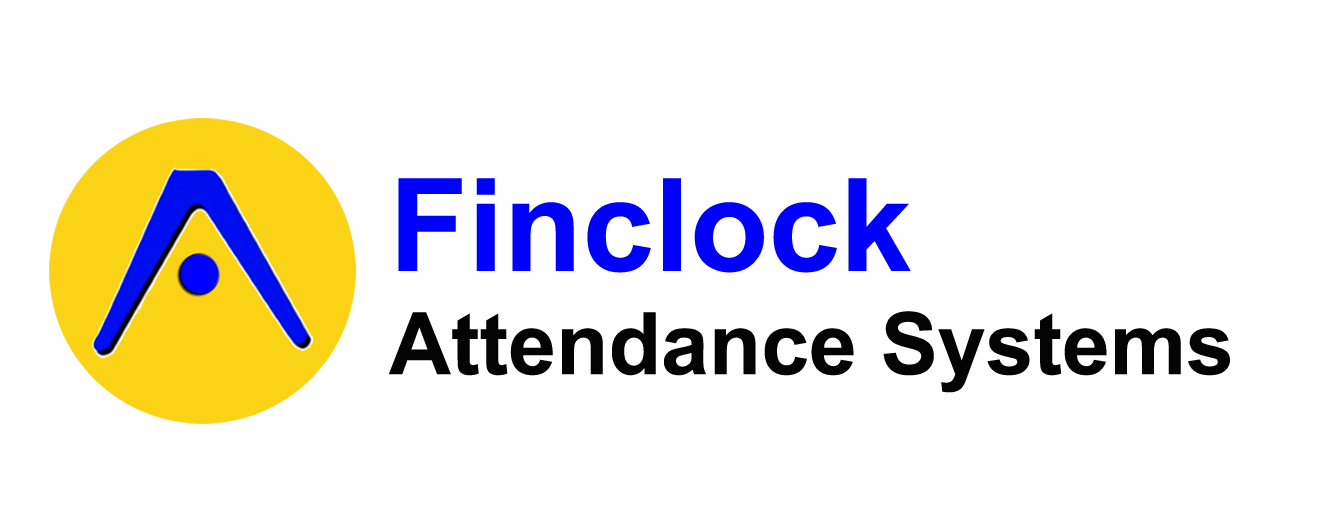Businesses should invest in Attendance System for Employees
Introduction
In today’s competitive business environment, businesses need to ensure that their employees are present and productive in order to maintain a competitive edge. To help manage employee attendance, businesses are investing in attendance systems. Attendance systems are used to track and monitor employee attendance, and provide employers with the information they need to make informed decisions regarding their employees’ performance. This article will discuss the benefits, challenges, and cost of investing in an attendance system, as well as the steps for implementing such a system.
1. What is an Attendance System?
An attendance system is a software or hardware system that tracks and monitors employee attendance. It is used to record the time an employee arrives at work and the time they leave. It can also be used to track employee absences, tardiness, and overtime.
2. Benefits of an Attendance System
The use of an attendance system can provide numerous benefits to businesses. An attendance system can help businesses save time and money by reducing the amount of paperwork and manual record-keeping. It can also help to improve employee productivity and morale, as employees are more likely to be punctual and present when their attendance is tracked. Additionally, an attendance system can help businesses to manage their payroll more efficiently, as it can be used to track overtime hours and ensure that employees are being paid accurately.
3. How an Attendance System Works
An attendance system typically consists of a time clock, a computer, and a software program. The time clock is linked to the computer, and employees use it to clock in and out. The computer then records the employee’s time and stores the data in the software program. The software program can then be used to generate reports, analyze data, and track employee attendance.
4. Types of Attendance Systems
There are a variety of different types of attendance systems available. These include biometric systems, which use biometric scanners to capture fingerprints or facial recognition; RFID systems, which use radio-frequency identification (RFID) tags; and barcode systems, which use barcode scanners to scan employee IDs.
5. Key Features of an Attendance System
When selecting an attendance system, it is important to consider the features that are most important for your business. Some key features to look for include the ability to track employee hours, to generate reports, to track vacation and sick days, to monitor attendance trends, and to send notifications to supervisors. Additionally, some attendance systems offer additional features such as time and attendance tracking, shift management, and employee scheduling.
6. Challenges of Implementing an Attendance System
Implementing an attendance system can be a time-consuming and costly process. It may require significant training for employees and managers, and can require some significant changes to existing processes and procedures. Additionally, some employees may be resistant to change and may be hesitant to use the new system.
7. How to Choose the Right Attendance System
When selecting an attendance system, it is important to consider the needs of your business. Make sure to consider the features that are most important to your business, as well as the cost, implementation timeframe, and user-friendliness of the system. Additionally, it is important to ensure that the system is compliant with any applicable laws or regulations.
8. Cost of an Attendance System
The cost of an online attendance system can vary significantly depending on the features and functionality required. Generally, an attendance system will range from a few hundred dollars for basic systems to several thousand dollars for more advanced systems. It is important to consider the total cost of ownership when selecting an attendance system, including the cost of installation and training.
9. Steps for Implementing an Attendance System
Once you have selected an attendance system, there are several steps you need to take in order to implement it. This process typically involves installing the system, training employees and managers, and integrating the system into existing processes and procedures. Additionally, you may need to configure the system to meet the specific needs of your business.
10. Alternatives to an Attendance System
If you are not ready to invest in an attendance system, there are other options available. These include manual time tracking, such as a sign-in sheet; spreadsheets; or mobile apps. While these alternatives may be less expensive and easier to implement than an attendance system, they are typically less accurate and lack the features and functionality of a dedicated attendance system.
11. Compliance Requirements for Attendance Systems
Depending on the region or country where your business is located, there may be specific compliance requirements for attendance systems. It is important to ensure that any attendance system you select meets all applicable laws and regulations, such as the Fair Labor Standards Act (FLSA) in the United States.
12. What to Do When an Attendance System Fails
Despite the best efforts of businesses and their employees, attendance systems can sometimes fail. In these cases, it is important to have a plan in place for how to handle the situation. This may include reverting to manual time tracking or using a backup system.
13. Conclusion
Attendance systems are a valuable tool for businesses that need to track and monitor employee attendance. They can save time and money, improve employee productivity and morale, and provide businesses with the information they need to make informed decisions. Investing in an attendance system can be a time-consuming and costly process, but the benefits are well worth the effort.

